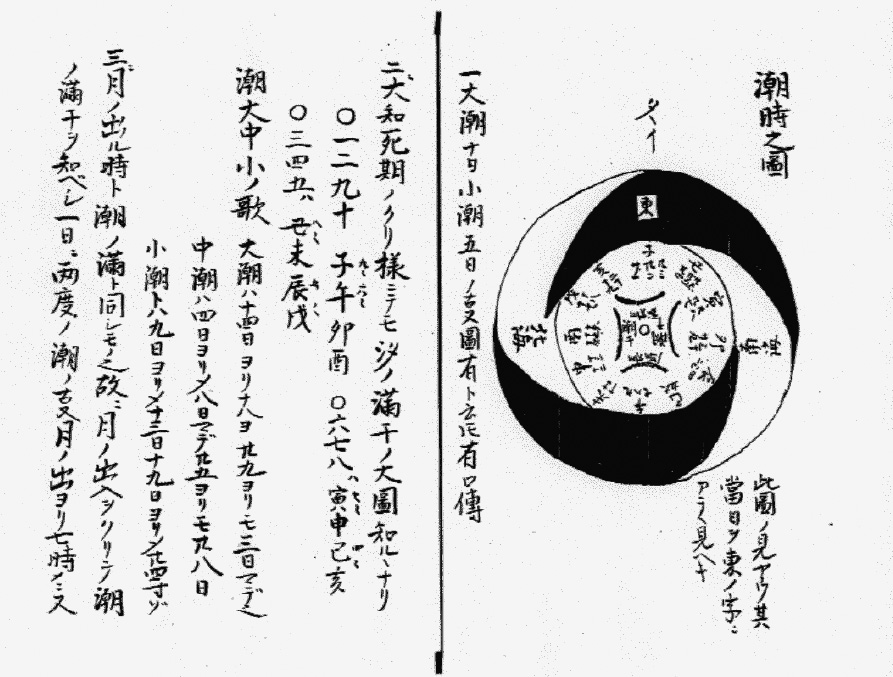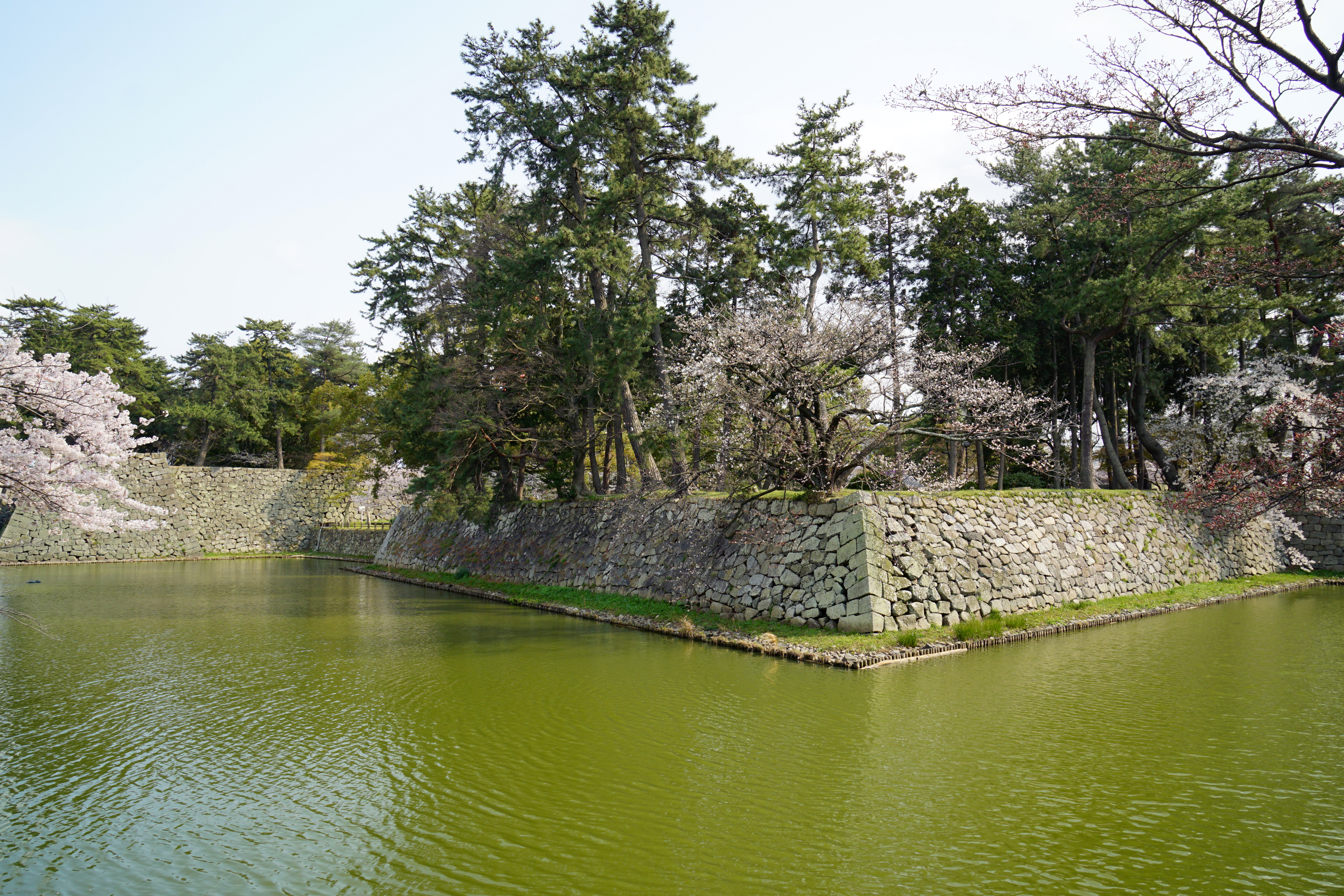|
Fujibayashi Nagato-no-kami
Fujibayashi Nagato-no-kami () was a samurai and ninja operative during Japan's Sengoku period. His birth and death dates remain unknown. His real name is believed to have been Yasutoyo (). Biography Fujibayashi hailed from Yufune village in Ahaigun, northern Iga Province—now Higashi-Yufune in Iga, Mie—which bordered Kōka District, Shiga, Kōka District in Ōmi Province. Remains of his former fortress still exist in the region. Records suggest his influence extended into Kōka as well, where he was involved in local conflicts. Initially, he served Imagawa Yoshimoto in Suruga Province, residing in Sunpu (modern-day Shizuoka (city), Shizuoka). During this time, he is believed to have developed a friendship with Yamamoto Kansuke (general), Yamamoto Kansuke prior to Kansuke's service under Takeda Shingen, and may have learned military strategy from him. Following internal turmoil in Iga, he resigned and returned home. Fujibayashi maintained close ties with the Rokkaku clan du ... [...More Info...] [...Related Items...] OR: [Wikipedia] [Google] [Baidu] |
Sengoku Period
The was the period in History of Japan, Japanese history in which civil wars and social upheavals took place almost continuously in the 15th and 16th centuries. The Kyōtoku incident (1454), Ōnin War (1467), or (1493) are generally chosen as the period's start date, but there are many competing historiographies for its end date, ranging from 1568, the date of Oda Nobunaga#Ise campaign, Omi campaign, and march to Kyoto, Oda Nobunaga's march on Kyoto, to the suppression of the Shimabara Rebellion in 1638, deep into what was traditionally considered the Edo period. Regardless of the dates chosen, the Sengoku period overlaps substantially with the Muromachi period (1336–1573). This period was characterized by the overthrow of a superior power by a subordinate one. The Ashikaga shogunate, the ''de facto'' central government, declined and the , a local power, seized wider political influence. The people rebelled against the feudal lords in revolts known as . The period saw a break ... [...More Info...] [...Related Items...] OR: [Wikipedia] [Google] [Baidu] |
Sawayama Castle
was a castle in the city of Hikone, Shiga, Hikone, Shiga Prefecture, Japan. This castle was an important military stronghold of Ōmi Province. The Azai clan held this castle in the Sengoku Period. Niwa Nagahide held it after the ruin of the Azai clan and later, Ishida Mitsunari in the end of the 16th century. This castle was attacked by Kobayakawa Hideaki after the Battle of Sekigahara. The castle surrendered at half a day though the brother of Mitsunari, Ishida Masazumi and his father Ishida Masatsugu, defended it. Afterwards, Ii Naomasa occupied Sawayama Castle. However, he destroyed it, and moved to Hikone Castle. Much of Sawayama Castle's stone walls and buildings were carried away for use in Hikone Castle. At present, the only indication of this old history is a sign reading "The Site of Sawayama Castle." There is also a hiking course that leads to the summit of Mount Sawayama, from which hikers see a panoramic view that includes Hikone Castle and Lake Biwa. Notable pe ... [...More Info...] [...Related Items...] OR: [Wikipedia] [Google] [Baidu] |
Assassin's Creed Shadows
''Assassin's Creed Shadows'' is a 2025 action-adventure game developed by Ubisoft Quebec and published by Ubisoft. The game is the fourteenth major installment in the ''Assassin's Creed'' series and the successor to '' Assassin's Creed Mirage'' (2023). Set in 16th-century Japan towards the end of the Sengoku period, the game focuses on the millennia-old struggle between the Assassin Brotherhood, who fight for peace and liberty, and the Templar Order, who desire peace through control, from the perspective of two protagonists: Fujibayashi Naoe, a kunoichi (a female shinobi), and Yasuke, an African samurai inspired by the historical figure of the same name. The two characters have different gameplay styles, allowing quests to be approached in multiple ways. ''Shadows'' was released for macOS, PlayStation 5, Windows, and Xbox Series X/S on March 20, 2025, with a version for iPadOS to be released at a later date. Upon release, the game received generally positive reviews from cr ... [...More Info...] [...Related Items...] OR: [Wikipedia] [Google] [Baidu] |
Kusunoki Kodama
Kusunoki (written: or , lit. "camphor tree") is a Japanese surname. Notable people with the surname include: *, Japanese manga artist *, Japanese samurai *, Japanese samurai *, Japanese samurai *, Japanese samurai *, Japanese samurai *, Japanese manga artist *, Japanese sport shooter *, Japanese voice actor and actor *, Japanese voice actress *, Japanese businessman See also * George Kusunoki Miller, better known as Joji, Japanese singer-songwriter, record producer, writer, Internet personality, YouTuber and comedian * Kusunoki, Yamaguchi was a List of towns in Japan, town located in Asa District, Yamaguchi, Asa District, Yamaguchi Prefecture, Japan. On November 1, 2004, Kusunoki was merged with the expanded city of Ube, Yamaguchi, Ube and no longer exists as an independent Munic ..., a former town in Asa District, Yamaguchi Prefecture, Japan * Kusunoki Point, a headland on the Biscoe Islands, Antarctica * , several ships * Kusu (other) {{surname Japanese-langu ... [...More Info...] [...Related Items...] OR: [Wikipedia] [Google] [Baidu] |
Tetsurō Tamba
was a Japanese actor with a career spanning five decades. He appeared in nearly 300 film and television productions, both in leading and supporting roles, and was the winner of two Japan Academy Film Prizes. At the height of his career, he was one of Japan's most esteemed and prolific leading men, and worked with many significant directors including Kinji Fukasaku, Shōhei Imamura, Masaki Kobayashi, Masahiro Shinoda and Takashi Miike. Several of his films were identified with the Japanese New Wave movement. He also appeared in several international films, notably as Japanese secret service chief Tiger Tanaka in the 1967 James Bond film '' You Only Live Twice''. Later in his life, Tamba became known for his well-publicized interest in psychic phenomena, publishing several books on the subject and acting as a spokesperson for the Risshō Kōsei Kai new religious movement. He continued acting until 2006, when he died of pneumonia. Biography Tamba had a part-time job as a ... [...More Info...] [...Related Items...] OR: [Wikipedia] [Google] [Baidu] |
Yūnosuke Itō
was a Japanese film actor. He appeared in more than ninety films from 1947 to 1979. Career Itō made his film debut at Toho in 1946, and although mostly a prominent supporting actor—playing memorable figures such as the novelist in Akira Kurosawa's ''Ikiru''—he also was cast in leading roles such as Kon Ichikawa's '' Mr. Pu''. He is acclaimed as "one of the...extremely talented character actors who populated Japanese movies in Shōwaera, playing a broad range of roles." Itō received the 1962 Blue Ribbon Awards for Best Supporting Actor">Blue Ribbon Award for Best Supporting Actor for his dual role in the seminal ninja film ''Shinobi no Mono''. Film scholar Stuart Galbraith IV has noted that the "horse-faced actor...was a real chameleon, despite his instantly recognizable, distinctive features...[and] gives what may be the performance of his career sone of the all-time great Japanese movie villains. The son of kabuki actor Sawamura Sōnosuke I (1886-1924), Itō was the ... [...More Info...] [...Related Items...] OR: [Wikipedia] [Google] [Baidu] |
Shōkaku-ji (Fukuoka)
is a Rinzai temple in Jōnan-ku, Fukuoka, Japan. Its honorary ''Buddhist temples in Japan#sangō, sangō'' prefix is . It is also known as . Shōkaku-ji was founded during the Nara period by Seiga, a priest who came from India. He established a Buddhist hermitage and discovered white camellias on the mountain. He harvested them and created a pair of Bodhisattva Guanyin, Kannon statues, enshrining one in this temple. It is believed that the first process of extracting kerosene in Japan was by squeezing oil from camellia seeds. Both the name of Mount Abura and the temple have origins related to this process. Originally, it was named Senpuku-ji (泉福寺). In 1193, Bencho, a priest of the Chinzei branch of Jōdo-shū, Jōdo-shū Buddhism, entered the temple and taught his disciples there. Along with the Tenpuku-ji Temple on the mountain's west side, Shōkaku-ji became a flourishing center for monks, with up to 360 priest living quarters surrounding the temple. However, during the ... [...More Info...] [...Related Items...] OR: [Wikipedia] [Google] [Baidu] |
Bansenshūkai
''Bansenshūkai'' (, ''Ten Thousand Rivers Flowing Together to form an Ocean'') (Also pronounced Mansenshukai) is a 1676 Japanese book containing a collection of knowledge from the clans in the Iga Province, Iga and Kōka, Shiga, Kōga regions that had been devoted to the training of ninja."The Book of Ninja: ''The first complete translation of the Bansenshukai''", 2013, Antony Cummins & Yoshie Minami ''Bansenshūkai'' summarizes the main points of the three volumes of the original Ninjutsu book ''Kanrinseiyō'' (間林清陽), and was written by selecting only those that fit the times. In the beginning of ''Bansenshūkai'', the existence of the original text ''Kanrinseiyō'' was mentioned, but its existence had not been confirmed for a long time. However, in June 2022, a manuscript of the second volume of ''Kanrinseiyō'' copied in 1748 was found. Compilation The book was compiled by Fujibayashi Yasutake in 1676, in the early years of the Tokugawa shogunate, to preserve the knowle ... [...More Info...] [...Related Items...] OR: [Wikipedia] [Google] [Baidu] |
Fujibayashi Yasutake
is a Japanese surname. Surname *, Japanese field hockey player *, Japanese chief justice *, Japanese game designer *, Japanese lyricist Fictional characters * from Tales of Symphonia * from Tales of Phantasia * and from Clannad. * from The Irregular at Magic High School is a Japanese web novel series by Tsutomu Satō (author), Tsutomu Satō. It was published on Shōsetsuka ni Narō, a web novel website, from October 2008 to March 2011. Satō reached a deal with Dengeki Bunko and began releasing his w ... {{surname, Fujibayashi Japanese-language surnames ... [...More Info...] [...Related Items...] OR: [Wikipedia] [Google] [Baidu] |
Tsu Domain
was a feudal domain under the Tokugawa shogunate of Edo period Japan, located in Ise Province and in Iga Province in what is part of now modern-day Tsu, Mie. It was centered around Tsu Castle. Tsu Domain was controlled by the '' tozama'' Tōdō clan throughout most of its history. History Tsu was known as "Anotsu" during the Sengoku period and was controlled by the Kudo clan, who were originally from Shinano Province. Oda Nobunaga's invasion of Ise in 1568 was resolved by the Kudo clan adopting Nobunaga's younger brother, Oda Nobukane as heir. Following Nobunaga's death, Nobukane swore fealty to Toyotomi Hideyoshi; however, in 1594 he was transferred to Ōmi Province. Hideyoshi assigned the territory to Tomita Tomonobu, with a '' kokudaka'' of 50,000 ''koku''. On his death in 1599, he was succeeded by his son, Tomita Nobutaka, who approached Tokugawa Ieyasu. He assisted Ieyasu in the invasion of Aizu, but was later defeated at the Battle of Aonutsu Castle by a pro-Toyot ... [...More Info...] [...Related Items...] OR: [Wikipedia] [Google] [Baidu] |
Tōdō Clan
The was a Japanese samurai clan of humble origins from the Inukami District of Ōmi Province. Under Hideyoshi, Tōdō ruled Uwajima at Iyo province. During the Edo period, the Tōdō ruled most of Ise Province and all of Iga Province as ''daimyō'' (feudal lords) of Tsu Domain (320,000 ''koku'') under the Tokugawa shogunate. History The clan initially rose to prominence under Tōdō Takatora (1556–1630), who was a highly trusted commander under Hashiba Hidenaga, later Toyotomi Hideyoshi and Tokugawa Ieyasu, as well as an architect of numerous Japanese castles. During the Bakumatsu period, the defection of the Tōdō clan to the Satchō Alliance in 1868 was a major factor in the defeat of the Tokugawa forces at the Battle of Toba–Fushimi. The head of the clan was later awarded with the ''kazoku'' title of Count (''hakushaku'') by the Meiji government. A junior branch of the clan, which ruled Hisai Domain in Ise Province (53,000 ''koku''), was awarded the title of viscou ... [...More Info...] [...Related Items...] OR: [Wikipedia] [Google] [Baidu] |




